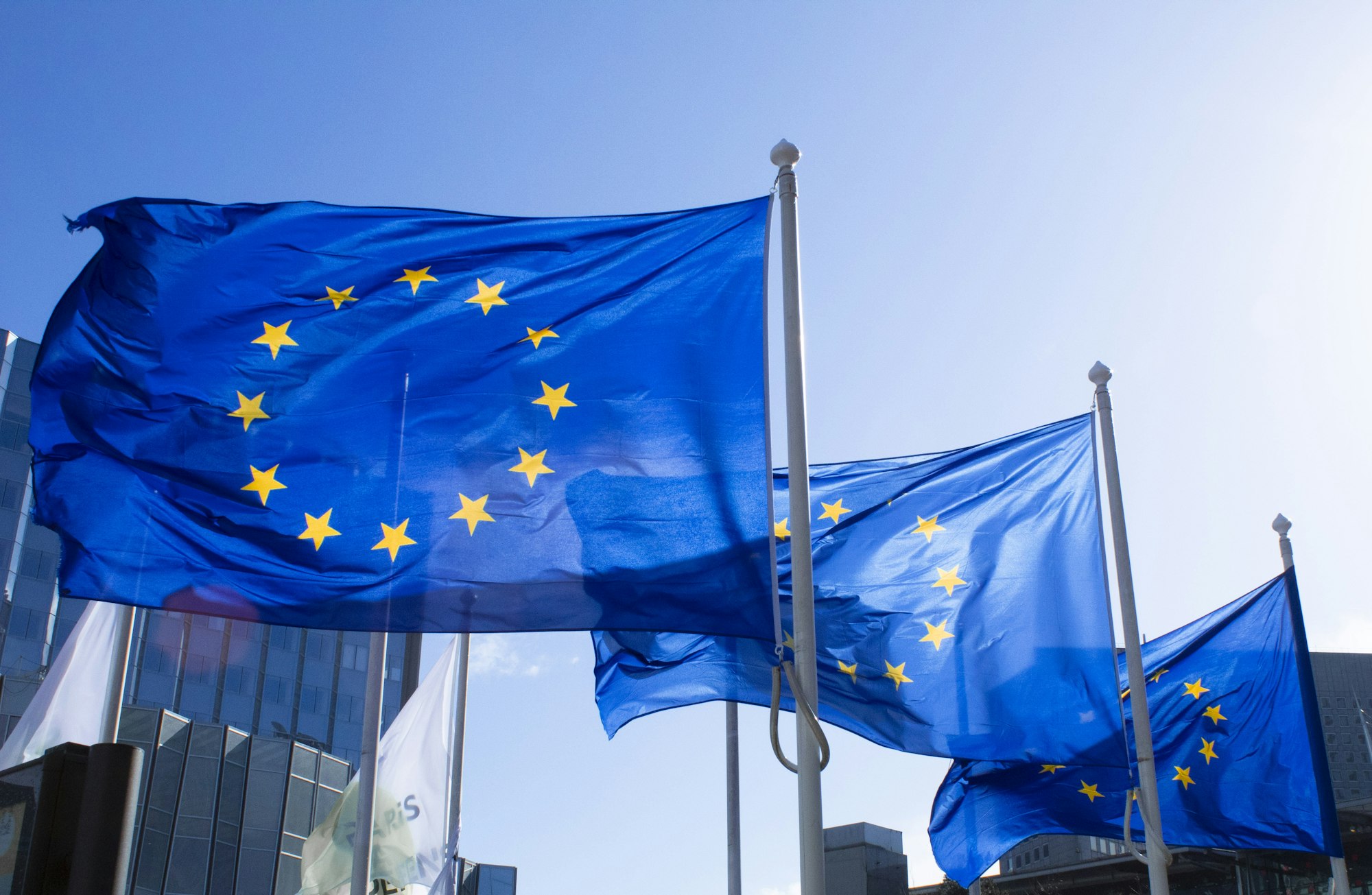EU scientific body’s call for separate binding climate targets aligns with civil society
In its freshly published report on scaling up carbon dioxide removals in the EU, the European Scientific Advisory Board on Climate Change (ESABCC), established by the EU Climate Law, makes setting separate climate targets its number one recommendation. This aligns with what Carbon Market Watch and other stakeholders have been advocating.
Today, the ESABCC published its much-awaited report on scaling up carbon dioxide removals in the EU which highlights the key policy needs and gaps for robust EU governance of carbon removals.
Most importantly, the ESABCC considers the separation of targets and ensuring the quality of removals a foundational pillar of EU policy on carbon removals. In accordance with what Carbon Market Watch and 121 other stakeholders have been calling for over the past year, the report confirms that separate targets would incentivise both temporary and permanent removals without deterring action to cut emissions deeply.
“The importance of the EU scientific institution on climate change opening its policy recommendations with a call for the EU to set legally binding targets for gross emissions reductions, permanent removals, and temporary removals cannot be underscored enough,” stated Fabiola De Simone, CMW Policy Expert on Carbon Removals. “ If well translated into policy, this approach enhances the transparency and accountability of the European climate policy framework, and allows the EU to be serious about its emissions reductions objectives while developing good quality removals and protecting and restoring its natural sink.”
Specifically, the scientists warn about the lack of clarity in the EU climate policy framework on the roles of emissions reductions, permanent removals and temporary removals beyond 2030 and suggest the introduction of separate targets in the revision of the European Climate Law. A gap that Carbon Market Watch and experts from academia, civil society and industry have tried to fill with their proposal for revising the EU Climate Law and the policy recommendations for EU instruments on permanent removals resulting from the CO2ol Down co-creation process.
“It is heartening to see that EU-appointed scientists have reached the same conclusion as the stakeholders we brought around the table. This demonstrates that the science on the subject is clear,” observed Carbon Market Watch’s Executive Director Sabine Frank. “Finding joint solutions for the policy vacuum now also identified by the ESABCC formed the core ambition of our CO2ol Down co-creation process.”
Supporting role
The ESABCC report stresses that carbon removals should be pursued in parallel to, and cannot substitute, drastic emissions cuts nor deter the EU from accelerating investments in this direction. Instead, the environmentally and socially responsible deployment of removals is necessary to counterbalance residual emissions and achieve climate neutrality and net-negative emissions in the future.
The ESABCC also takes a cautious approach to the exploitation of biomass for removals. It warns about the impact of bioenergy with carbon capture and storage on biomass sustainability.
Real-world challenges
When discussing policy solutions to scale up permanent and temporary removals in the EU, the ESABCC considers their integration into the EU Emissions Trading System and makes clear that this policy option comes with many caveats which makes its implementation very challenging.
For permanent removals, the scientists suggest considering integration under strict conditions so as not to deter real emissions reductions, address environmental risks, support social fairness and enhance cost-effectiveness. According to the scientists, the integration should also be subject to quantitative and qualitative limits to ensure consistency with separate targets and avoid adverse environmental consequences.
In addition, the report stresses that integrating temporary removals into the existing EU ETS would create significant risks and governance challenges that cannot be effectively managed in the short to medium term, and recommends the EU develop alternative pricing instruments separately to the current EU ETS. The report rules out the possibility of integrating temporary removal credits in the future, at least as long as strong monitoring, reporting and verification of the emissions cannot be ensured. Instead, scientists suggest using revenues from other greenhouse gas emissions pricing instruments or to create a stand alone policy instrument for these removals.
“The ESABCC report shows how integrating removals in the ETS remains hazardous and extremely risky from a climate policy perspective. It took almost two decades for the EU ETS to become halfway effective and the industries covered by it have to double down on their own emission reductions first. Now is not the time to undermine the market with carbon removal offsets,” says Sam Van den plas, Policy Director at Carbon Market Watch. “Ultimately, this option does not represent the best way to incentivise high-quality removals, nor does it overcome mitigation deterrence.”
Find out more on why there is no place for carbon removals in the EU ETS
While clearly calling to distinguish between permanent and temporary removals, the ESABCC mentions ways to establish equivalence between temporary removals and long-lived greenhouse gases within certain timeframes, provided that robust instruments and institutions are put in place to manage reversal risks and other equivalence issues.
“In practice, equivalence is wishful thinking: temporary removals cannot keep CO₂ out of the atmosphere until peak warming has been reached,” says Marlène Ramón Hernández, policy expert in carbon removals at Carbon Market Watch. “It is now up to the European Commission to keep the door closed on carbon removals entering the EU ETS. The update of the EU Climate Law must prevent the offsetting of emissions with carbon removals. Failure to do so will endanger the EU’s 2040 emission reduction efforts and the overall goal of reaching net-negative emissions thereafter.”



